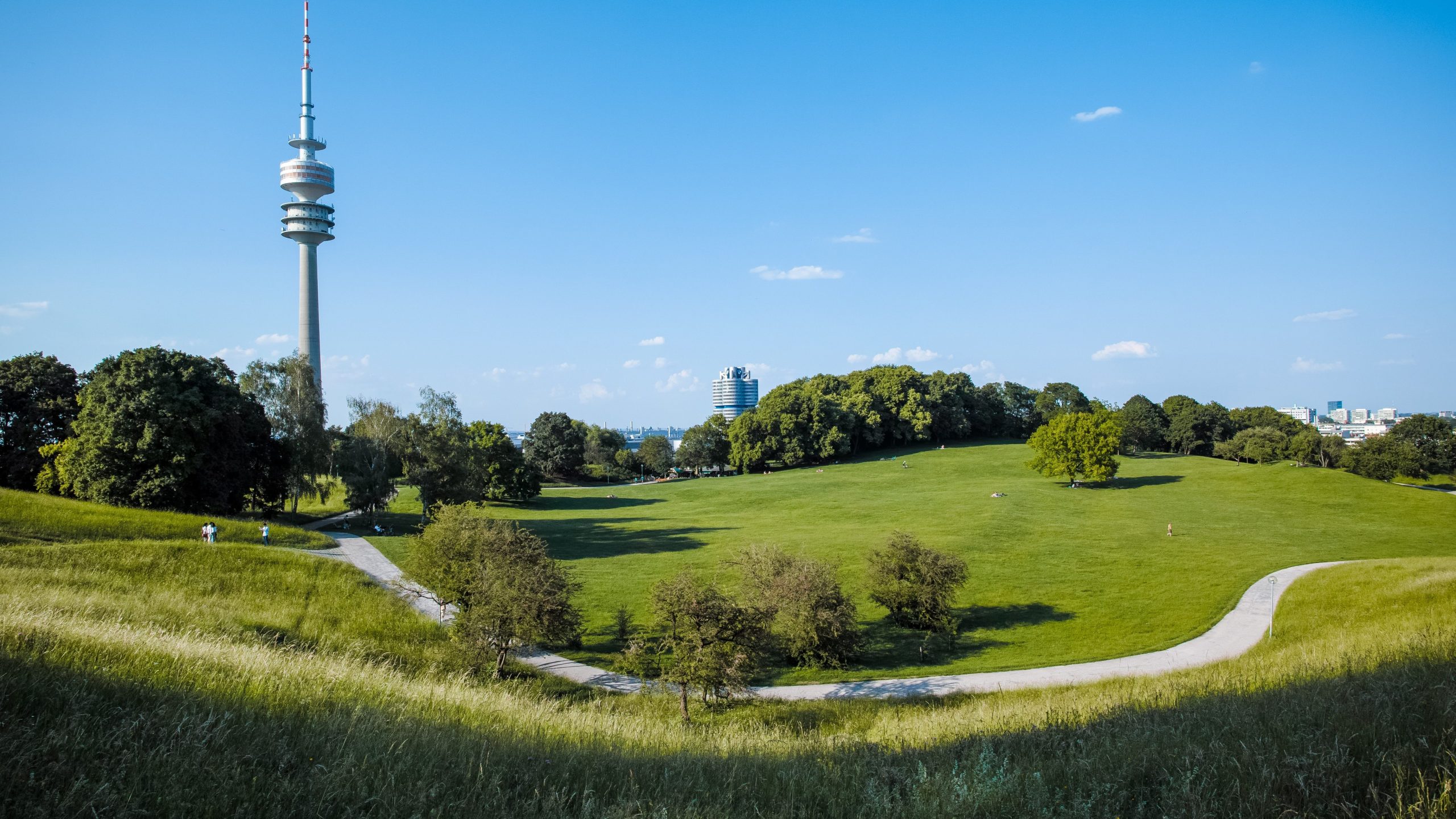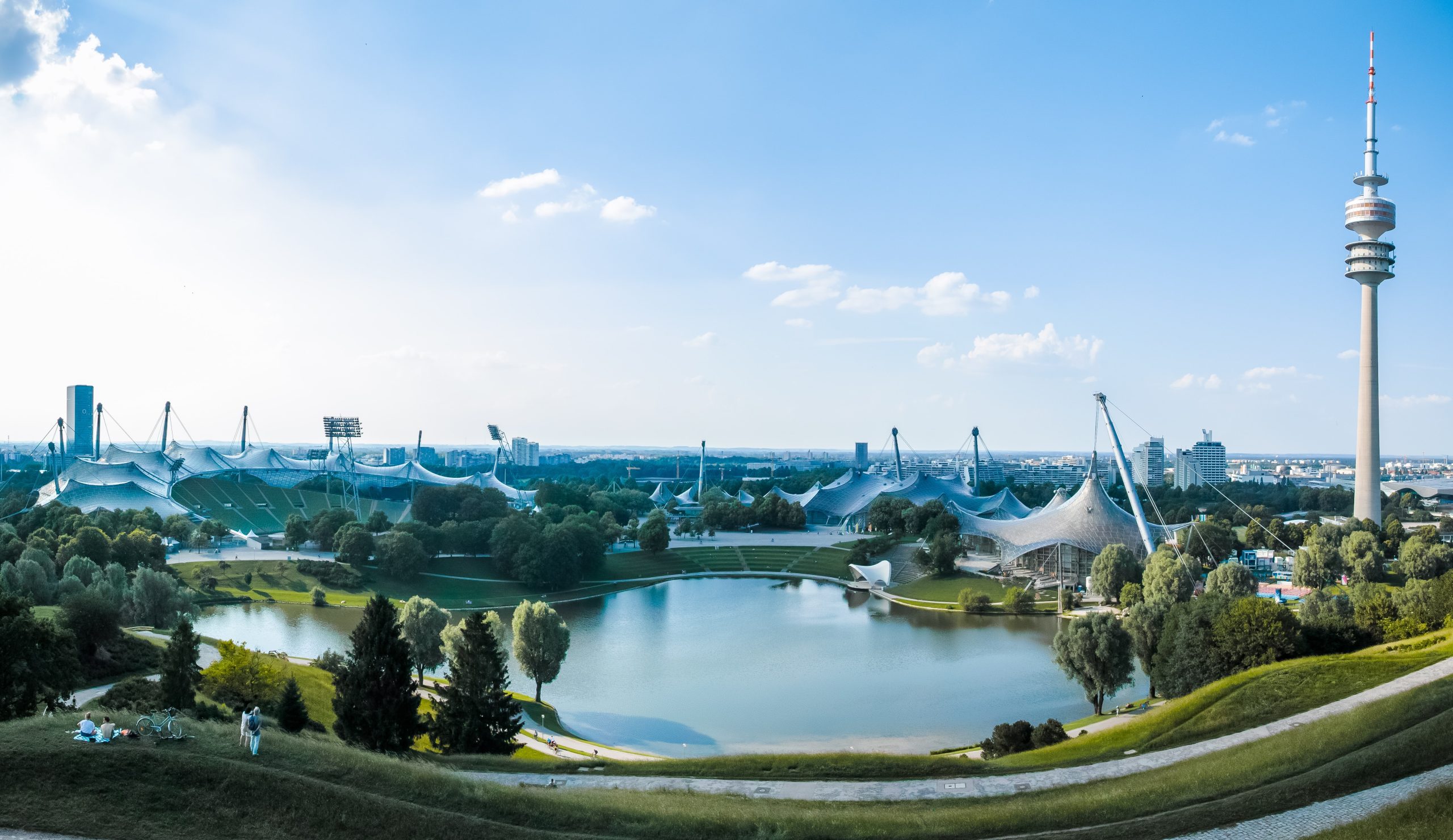Study Landscape Architecture

How does one become a landscape architect? Here you read about how a landscape architecture degree program is structured, what topics to expect, what students should know before applying, and where in Germany and Europe you can study landscape architecture.
Billboard
Skyscrapper
Halfpage
Structure and Goal of Landscape Architecture Studies
Landscape architecture is concerned with the planning and design of landscape, i.e., non-built space. This includes, for example, gardens, parks, sports fields, and other recreational facilities. It is an aesthetic-artistic professional field related to urban planning. In addition, landscape architecture has many scientific, technical, and economic aspects.
The goal of landscape architecture is to design intact and attractive living environments that work well both ecologically and socially. Landscape architecture studies focus on planning and design knowledge and skills that help embed open spaces into an overall concept.
The history of landscape architecture as a field of study trace back to the study of gardens and parks. Today, however, open spaces no longer solely commit to ideals such as beauty and aesthetics but must also consider factors of urban development, architecture, and the history of a place.
Accordingly, the study of landscape architecture is a broad subject area. Students study natural sciences, ecology, systems science, plant use, methods of planning, geomatics, landscape ecology, and soil and vegetation science, among others.
The bachelor’s programme in landscape architecture lasts six to eight semesters, and the master’s programme usually lasts four semesters. Many practical elements such as projects and internship semesters are expected. Semesters abroad are possible. Students can also complete the programme as a teaching degree.
Topics of Landscape Architecture
The study of landscape architecture begins with the acquisition of basic knowledge in subjects such as business administration, biology, chemistry, computer science, sociology, environment, and urban planning. Students learn how to use relevant computer programmes. As they progress through the programme, they can choose a specific area of study, such as planning informatics or resource management.
The following master’s programme offers even more opportunities to specialise. Related subjects such as architecture, economics and ecology come into question here. But also, the focus on EU environmental directives, on cultural landscape development, on garden monument preservation or on open space planning is conceivable.
In any case, the study of landscape architecture deals with the interaction between people and spaces. For here it is a matter of planning, designing, and maintaining both the city and the countryside. In doing so, human needs are to be satisfied without disturbing nature. Therefore, topics of sustainability and nature conservation are correspondingly important.

What Students Should Know
Depending on the course of study, students in landscape architecture acquire between 180 and 210 ECTS credits. Students can complete the course full-time or part-time, according to the respective university’s options. Dual courses of study are also available. In this case, the costs are born by a company in which students gain a lot of practical experience during their studies. After graduation, direct entry into the company is usually possible.
Landscape architecture studies usually begin in the winter semester. In Germany, the language of instruction is German, although foreign language skills are recommended for reading and for stays abroad.
Students should have an interest in topics such as nature conservation, planning, soil science, ecology, and history. The courses also teach technical and mathematical principles. Depending on the programme, there are elective modules such as civil engineering, climate change, plant science, or horticulture and landscaping. But subjects may also include forest planning, open space design and English.
In addition to an interest in nature and plants as well as environmental protection, an interest in society and its needs is important for the degree. Interested students should also have a basic understanding of scientific and technical aspects and drawing skills.
For some courses of study, it is important to complete an internship before entering the programme. Internships are mandatory during studies. Many excursions, projects and exercises provide the necessary practical relevance.
Study Landscape Architecture in Germany
In Germany, there are several universities that offer the study of landscape architecture as well as related courses. In most cases they award a Bachelor of Science (B.Sc.) degree. The following universities are popular for studying landscape architecture:
- Technical University of Munich (“Landscape Architecture and Landscape Planning”).
- Gottfried-Wilhelm-Leibniz-Universität Hannover (“Landscape Architecture and Environmental Planning”)
- University of Applied Sciences Erfurt (“Landscape Architecture”)
- Weihenstephan-Triesdorf University of Applied Sciences in Freising (“Landscape Architecture”)
- Technical University Ostwestfalen-Lippe in Höxter (“Landscape Architecture”)
At the universities of Berlin and Dresden, landscape architecture can also be studied as a master’s degree, while Osnabrück offers a “Master of Engineering” in the field. Master’s students may also be interested in looking for related courses with topics such as sustainability, urban design, or horticulture.
Study Landscape Architecture in Europe
In addition, it is also possible to study landscape architecture in other European countries. Interested students should find out to what extent the degree program is specific to the country in question. In most cases, however, the subjects are international, which makes it quite possible to work in different countries later.
Budapest Metropolitan University offers a bachelor’s degree programme in environmental design, which includes interior design. Here, both the interior and exterior of the built environment are examined more closely. The degree programme is in English.
Turkey’s Bilkent University also offers a bachelor’s degree in urban design and landscape architecture, which takes four years to complete. At Spain’s Luga University, “Landscape” is an multidisciplinary degree optionally, while Birmingham’s Institute of Fashion and Creative Arts offers a bachelor’s degree in landscape architecture.








